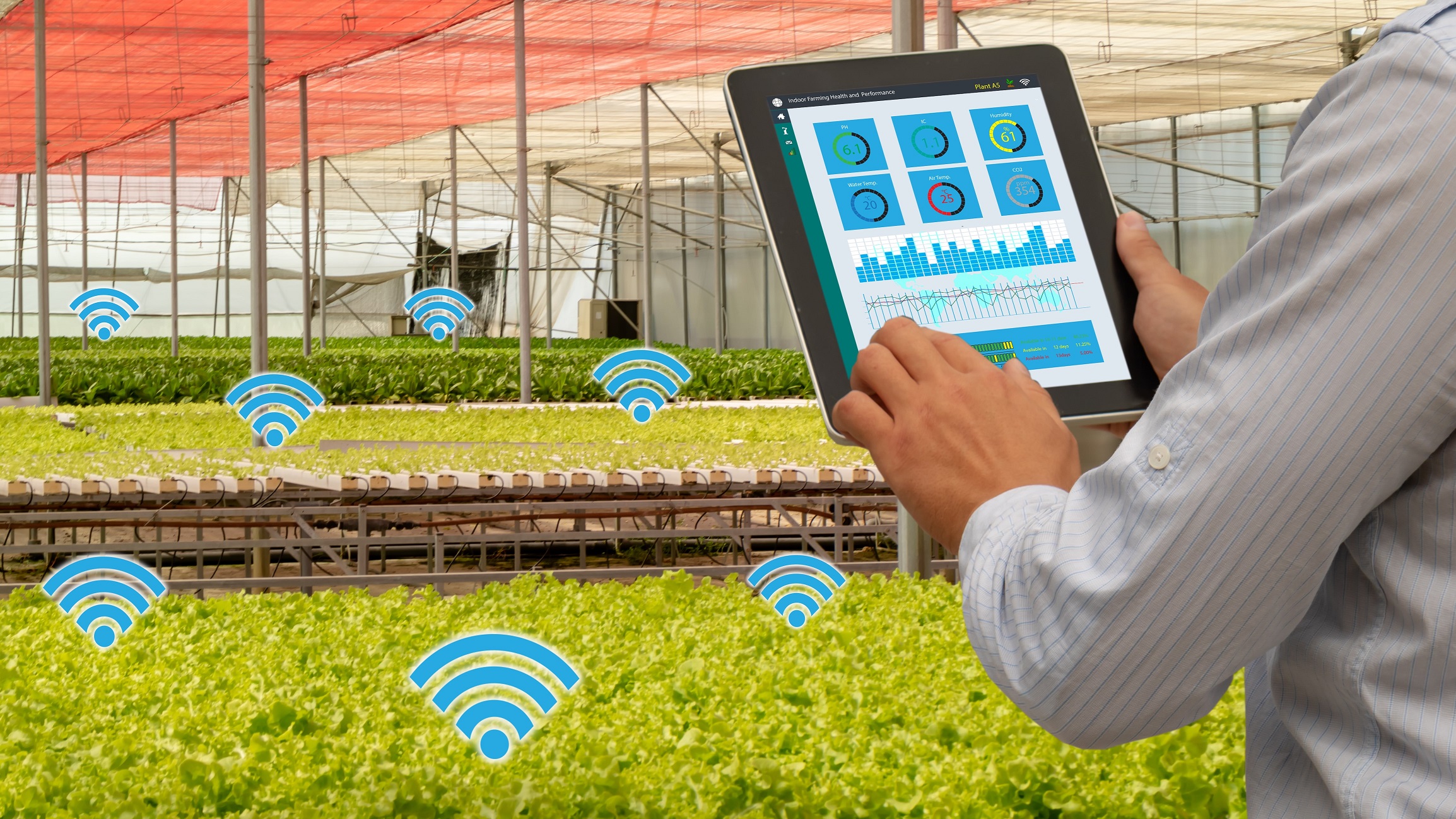IoT-enabled ‘smart farms’ and ‘mines of the future’ can deliver Australia valuable productivity improvements.
Australia’s IoT Opportunity: Driving Future Growth – An ACS Report, prepared by PricewaterhouseCoopers (PwC), assessed five key industries representing 25% of Australia’s total GDP.
Across just these five industries – construction, mining, healthcare, manufacturing and agriculture – IoT has the potential to achieve annual benefits of A$194-308 billion over a period of 8-18 years – representing an average productivity improvement of 2% per annum.
“In the future, these five industries are particularly well-positioned [to benefit from IoT],” said PwC Partner, Strategy& - Innovation & Technology, Dominik Baumeister.
“They have a lot of physical activity going on, they use a large amount of technology already, but are not yet making use of the data they have available.”
Construction ($75-96bn)
“The construction industry has had next to no productivity improvements in 50 years,” said Baumeister.
The report discusses the ‘Construction site 4.0’, explaining how the use of Building Information Modelling (BIM) technology will replace current planning techniques to give a more realistic idea of how a site will turn out before any ground is broken.
Heightened use of sensor technology will also help to increase productivity.
“The extensive use of connected sensors will have the potential to further improve information flow across sites, thereby reducing delays and rework,” the report explains.
Automation will also have an increased presence in the worksite of the future, as will on-site 3D printing.
Manufacturing ($55-88bn)
Currently Australia’s sixth largest sector, the report states that the large amount of ‘things’ already being used in manufacturing make it “probably the most advanced industry in terms of IoT adoption at this point.”
In terms of further development of IoT technology, it explains factories could become ‘remote controlled’ to enable more efficient delivery.
Sensor technology can also be used to monitor supplies and inventory, as can maintenance indicators such as temperature monitoring.
There is also the potential for factories to be connected with one another using IoT technology, allowing for real-time supply chain management.
Healthcare ($34-68bn)
Already a broad industry, the report looks at how IoT can delivery improvements to healthcare from different perspectives.
‘Smart Hospitals’ can be built using interconnected IoT systems.
“Hospitals will become much more personalised, with higher data availability and technology such as 3D printing, robotics, nanotechnology, genetic coding and therapeutic options, for example, 3D printing of prostheses will be based on a patient’s individual anatomy.”
It also anticipates ‘Smart Care’ will transform primary and secondary care.
Increased uptake of wearable technologies will reduce the number of appointments needed with physicians and specialists, as healthcare professionals are able to access patient data remotely.
Baumeister explained that learning how to utilise this data is the first step.
“If all the available patient data could actually be collected, stored, analysed and acted upon, as well as it in theory could… IoT could improve patient outcomes and achieve savings and benefits in the healthcare space,” he said.
Mining ($22-34bn)
Comparing it with construction, the report explains “mining involves a large number of machines and other technical objects having to collaborate to achieve an outcome.”
It also states that an industry-wide increase in costs over the past 10 years has opened the door for IoT to assist with efficiency.
“Sensors provide real-time visualisation data of assets and the environment, optimise labour and asset allocation, monitor the condition of equipment and enable real-time collaboration across the mining process,” it says.
Autonomous vehicles will also help to reduce labour requirements in mining.
Such innovations are already being used by major companies such as BHP and Rio Tinto.
Agriculture, Forestry and Fishing ($14-22bn)
‘Smart farms’ look set to revolutionise agriculture – currently the biggest employer in Australia’s regional areas – and offer farmers increased yields at lower costs.
“Innovation is critical in the agriculture sector because expanding production will not be easy without significant increases in efficiency and yield, given the shortage in labour, fluctuating productivity and the continued rise of input costs,” the report explains.
Increased productivity could also provide all Australians with a lowered cost of living, as the cost of domestically produced food drops.
IoT opportunities on a smart farm include: autonomous vehicles, sensors for crops, tracking on livestock, automation and drones.










